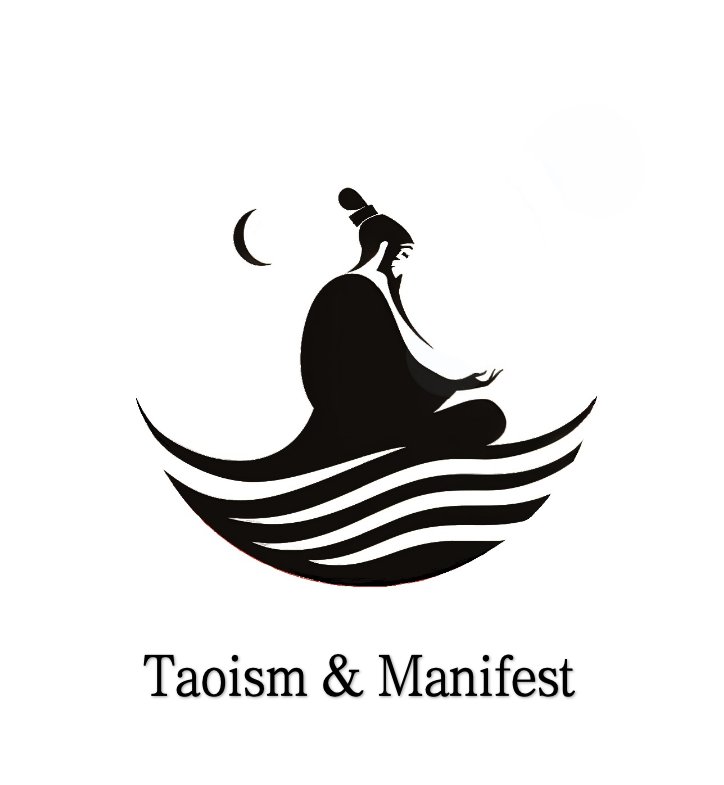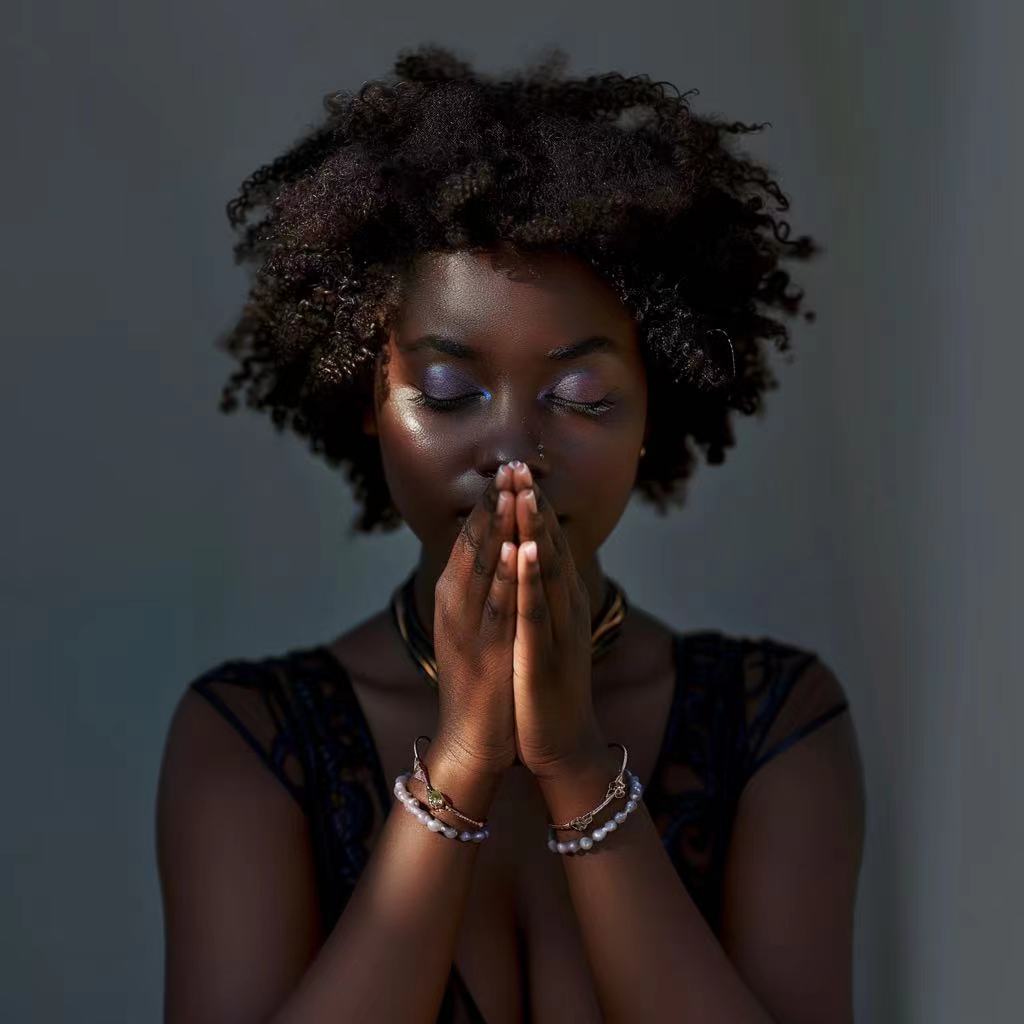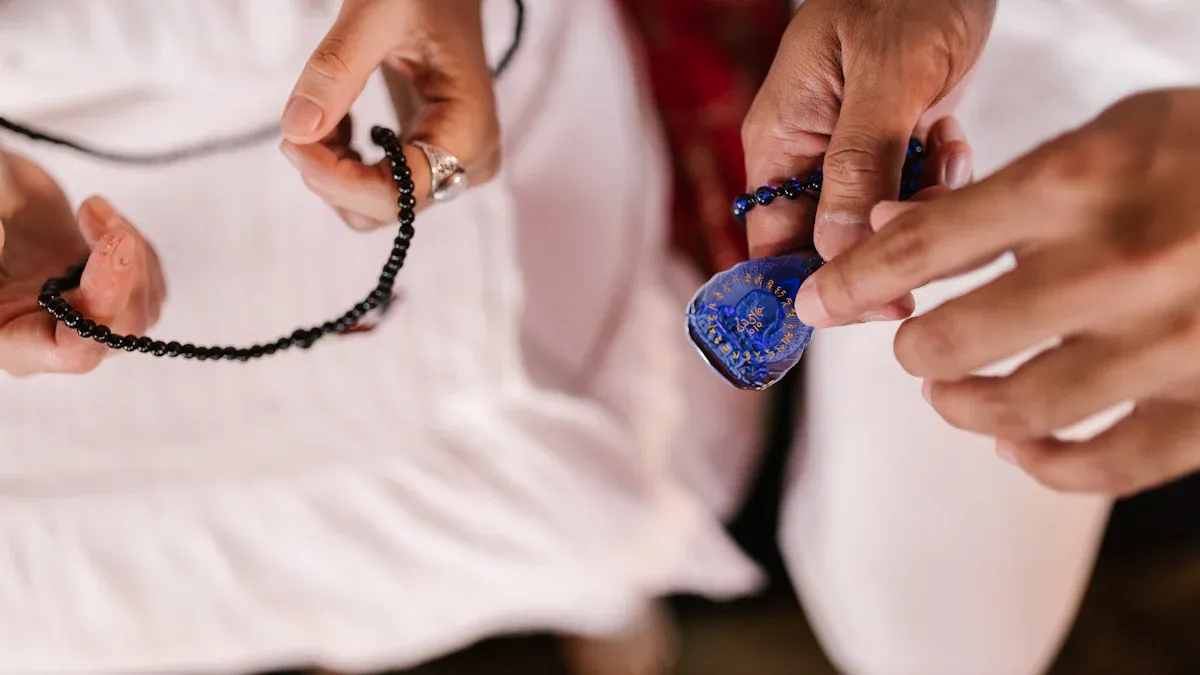
Prayer beads and mala beads help you in spiritual practice. Each has its own meaning and tradition. Prayer beads are found in many religions. You see them in Islam and Christianity. Mala beads come from Hinduism and Buddhism. These tools help you focus and count prayers. They also help you connect your mind and heart.
Religion |
Definition and Use |
|---|---|
Islam |
Prayer beads help you remember God. You say words like 'Subhanallah' after prayers. |
Christianity |
Catholics use the rosary for prayers to the Virgin Mary. The rosary has 59 beads. |
Buddhism |
Mala beads are used for meditation and repeating mantras. Monks often use 108 beads. |
Hinduism |
Mala beads help count mantras during meditation, like in Buddhism. |
Sikhism |
Mala beads are used for meditation and saying God’s name. They help you find spiritual balance. |
Think about what you want from your spiritual journey. These tools can be meaningful as you learn about them. (To deepen your understanding of how these tools aid meditation and prayer, explore How to Use Feng Shui Crystals in Every Room of Your Home.)
Key Takeaways
Prayer beads and mala beads are used for meditation and prayer. They help you focus and stay aware during spiritual times. Mala beads usually have 108 beads.
Prayer beads can have different numbers. For example, Christian rosaries have 59 beads. Islamic tasbih has 33 or 99 beads. Each bead type uses special materials and designs. These show their cultural meaning.
Mala beads are often made from seeds or gemstones. Prayer beads can be made from wood or glass. Both kinds help you count prayers or chants. This lets you connect and think deeply during meditation or prayer.
You can pick beads that match your spiritual needs. Some people use them for meditation, healing, or setting goals. Choose beads that feel right for your own journey.
Key Differences and Similarities
Main Contrasts
There are some big differences between prayer beads and mala beads. Their design, shape, and how people use them are not the same. Each kind of bead has its own job and look.
Type of Bead |
Design Characteristics |
Ritual Use Description |
|---|---|---|
Usually has 108 beads and a guru bead |
Used to count mantras when people meditate. |
|
Tibetan Mala |
Has many colors and different materials |
Used in Tibetan Buddhism for prayer and meditation. |
Zen Mala |
Simple style, often with 108 beads |
Used in Zen for mindfulness and meditation. |
Mantra Mala |
Made with special materials for energy |
Used to make mantras stronger during chanting. |
Prayer beads have a set pattern in each religion. For example, Christian rosaries have a certain number of beads and a cross. In Islam, prayer beads (tasbih) usually have 99 or 33 beads. Mala beads usually have 108 beads. But you can also find malas with 27, 54, or 21 beads. The main point is the practice, not just the bead count.
The materials are different too. Prayer beads can be made from wood, bone, ivory, or shiny stones. Mala beads use things like wood, shell, amber, rudraksha, or tulsi. Each material can mean something special to the person using it.
Culture makes these beads different as well. Prayer beads are very important in Christianity and Islam. Mala beads matter a lot in Hinduism and Buddhism. Each group uses beads to help with their own spiritual needs and rituals.
Tip: Mala beads are not only for religion. Many people use them for meditation or to remind themselves of their goals.
Shared Features
Even though they are different, prayer beads and mala beads have a lot in common. Both kinds help you focus during spiritual practice. They let you count prayers, mantras, or affirmations. This helps you stay mindful and present.
Spiritual Function |
Description |
|---|---|
Meditation and Prayer |
Both types help people meditate and pray. |
Focus and Concentration |
They help you pay attention during spiritual activities. |
Tracking Recitations |
Beads help you count prayers or mantras. |
Grounding and Calmness |
Many people feel calm and steady when using these beads. |
Both prayer beads and mala beads have a long history. They started in Hinduism and then spread to other religions like Buddhism, Christianity, and Islam. The way they look and what they are made of can change. But the main goal is always to help you connect with your spiritual side.
Feature |
Prayer Beads (Various Religions) |
Mala Beads (Buddhism/Hinduism) |
|---|---|---|
Historical Origins |
Started with Hindus, then Buddhists used them |
|
Materials Used |
Wood, bone, ivory, shiny stones |
Wood, shell, amber, rudraksha, tulsi |
Symbolic Meanings |
Used for counting prayers, spiritual meaning |
Used for meditation, prayer counting, spiritual focus |
Structure |
Changes by religion (like 99 beads in Islam) |
Usually 108 beads with counters in Buddhism |
Cultural Variations |
Different styles in Christianity, Islam, etc. |
Special styles in Tibetan and Japanese Buddhism |
Some people believe wrong things about these beads. Some think mala beads must have 108 beads or must cost a lot. But the number of beads can be different. The power of the beads comes from your intention, not the price.
In Hinduism, malas are used to count prayers, usually with 108 beads.
In Buddhism, malas also have 108 beads, which stand for mental challenges.
In Islam, prayer beads (tasbih) help you say the 99 names of Allah.
In Christianity, rosary beads help you count prayers, often in groups called decades.
No matter which one you pick, both prayer beads and mala beads help you build good habits. They help you focus, be mindful, and grow spiritually. (Learn about different cultural practices in spiritual tools by reading Understanding the Meaning of House Numbers in Feng Shui.)
Prayer Beads Overview
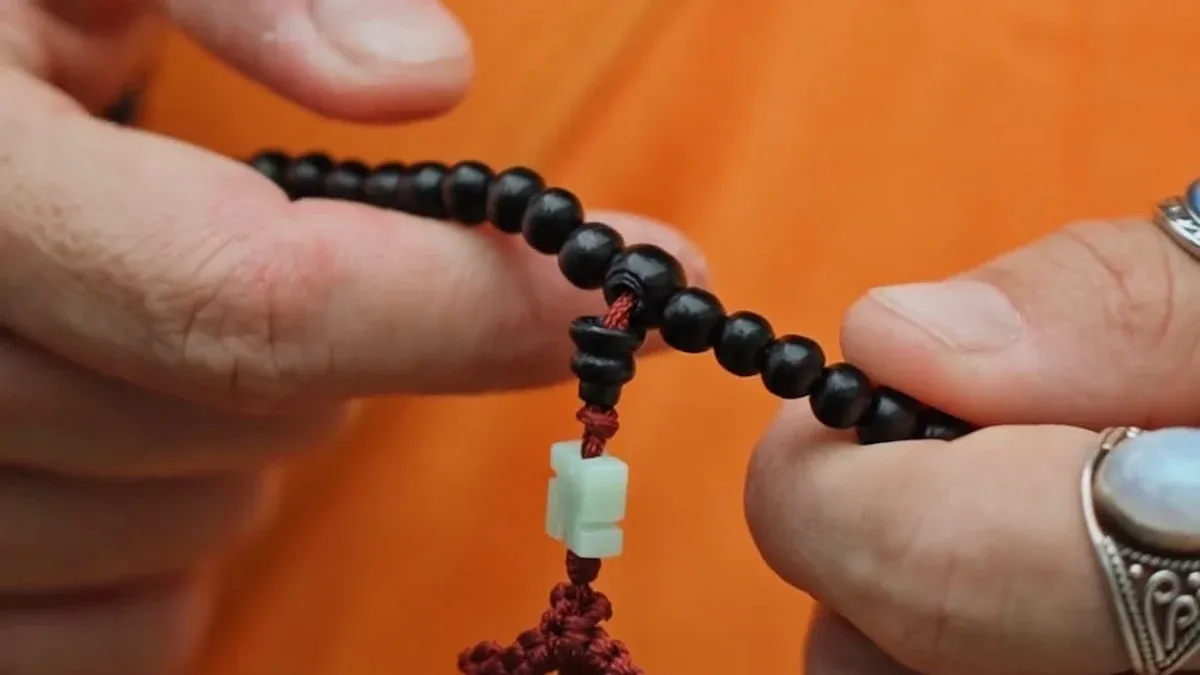
Definition
Prayer beads are strings of beads that help you pray or meditate. People have used them for a very long time. They started in ancient India and early Christian groups. Over the years, each religion made its own kind of beads. The word "mala" is from Sanskrit and means "garland." The word "rosary" is from Latin and means a string of prayers. Today, many religions use prayer beads. Each group has its own way of using them.
Historical Context |
Description |
|---|---|
Early Use |
People used beads to count prayers in ancient India and early Christianity. |
8th Century |
In India, people used mala beads for meditation and prayers. |
Middle Ages |
Different types of prayer beads were made, like paternosters and rosaries. |
Modern Usage |
Beads are now chained instead of on cords, with special designs for each prayer. |
Types
There are many kinds of prayer beads around the world. Each kind fits a certain religion or tradition.
Rosary Beads (Christianity): These help you count prayers like Hail Mary and Our Father. The rosary has a cross and groups of ten beads called decades.
Misbaha or Tasbih (Islam): Muslims use these beads to say the names of God and other phrases. Sets usually have 33 or 99 beads.
Mala Beads (Hinduism and Buddhism): These usually have 108 beads and a bigger "guru" bead. You use them to count mantras when you meditate.
Japamala (Buddhism): These are like Hindu malas. They are often made from seeds or wood and can be worn as bracelets.
Religion |
Type of Prayer Beads |
Purpose/Use |
Unique Features |
|---|---|---|---|
Christianity |
Rosary Beads |
Used for prayer and worship, counting prayers like Glory Be, Our Father, and Hail Mary. |
Separated in decades, can be blessed by clergy. |
Islam |
Misbaha |
Used to count recitations of the Quran, usually for five daily prayers. |
Often made of wool or silk, used with hands held up. |
Hinduism |
Mala |
Made from many materials, has a guru bead and tassel. |
|
Buddhism |
Japamala |
Used for counting mantras during meditation. |
Can be made from rudraksha seeds or Tulsi wood, often in bracelet form. |
Purpose
Prayer beads help you keep track of prayers and meditation. They help you focus and not lose count. In many religions, you move your fingers from bead to bead as you pray or say a mantra. This helps you stay calm and pay attention. For example, Catholics use the rosary to think about Jesus' life. Muslims use the misbaha to repeat words that honor God. Hindus and Buddhists use mala beads to count mantras and help their meditation. Prayer beads make it easier to practice your faith. They give you something to hold and help you feel closer to your beliefs.
Note: Prayer beads are more than counting tools. They help you think deeply and bring peace to your mind.
Mala Beads Overview
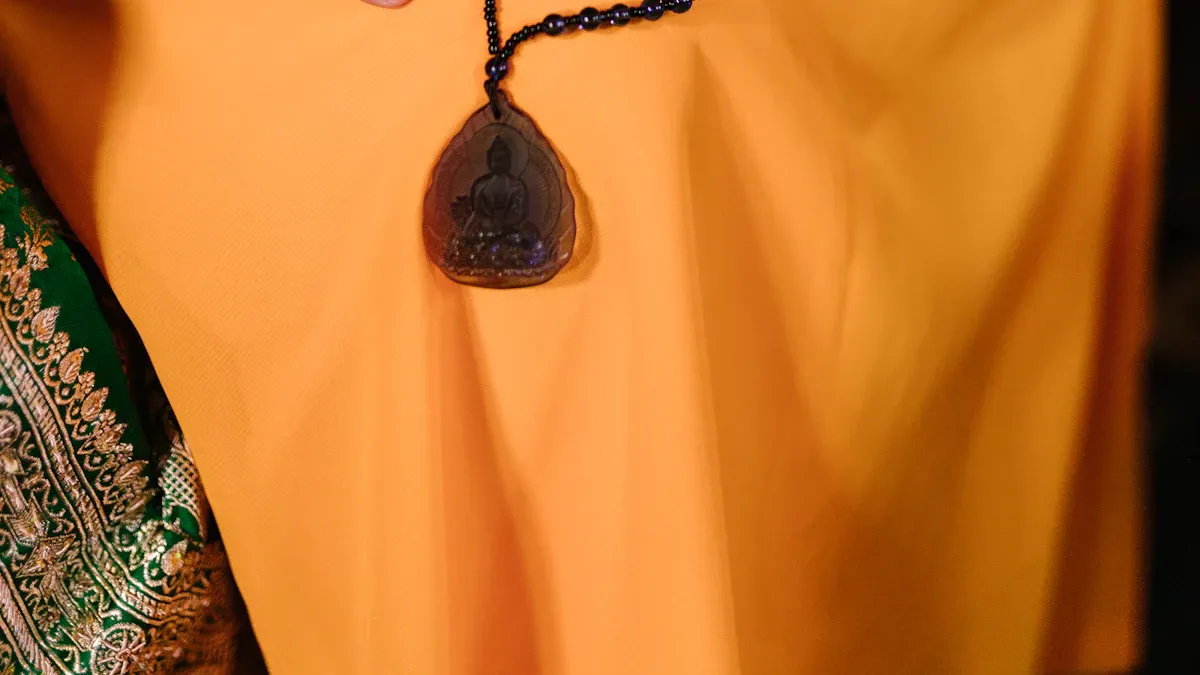
Definition
Mala beads are a string of beads that help you stay focused during meditation and mantra recitation. You may hear people call them meditation beads, mantra beads, or prayer beads. A full mala usually has 108 beads, but you can also find malas with 54 or 27 beads. The larger bead, called the guru bead, marks the start and end of your practice. The number 108 holds special meaning in Hindu and Buddhist traditions. It stands for spiritual ideas like the 108 Upanishads or the 108 energy lines that meet at the heart chakra.
A mala can have 108, 54, or 27 beads.
The guru bead is larger and helps you know where to begin and finish.
People use malas to count mantras, prayers, or breaths.
Tip: You do not need to follow a strict rule for the number of beads. What matters most is your focus and intention.
Origins
Mala beads began in ancient India about 3,500 years ago. People first used them in Hinduism to count mantras during meditation. As Buddhism spread, the use of mala beads traveled across Asia. You can now find mala beads in spiritual practices in places like Tibet, Nepal, and China. Over time, other religions and cultures also started using prayer beads for their own spiritual needs.
Purpose
You use mala beads to help you meditate and recite mantras. When you hold a mala, you start at the bead next to the guru bead. You move each bead through your fingers as you repeat your chosen mantra. This action helps you keep track of your recitations and stay focused on your practice. The beads act as a physical guide, so you do not have to worry about counting. This lets you pay more attention to the meaning of your mantra and your breath.
You can use them to count prayers, breaths, or affirmations.
Using mala beads can help you feel more peaceful and centered during your spiritual practice.
Physical Characteristics
Bead Count
Bead count is a big difference between mala beads and other prayer beads. Mala beads almost always have 108 beads. This number is very important in Hinduism and Buddhism. In Hinduism, 108 is linked to the universe. In Buddhism, it stands for the many passions you try to overcome. When you use a mala, you count 108 times to help you focus.
Mala beads have 108 beads. Some have 54 or 27 beads for shorter meditations.
Prayer beads have different numbers. A Catholic rosary has 59 beads. Islamic prayer beads usually have 33 or 99 beads.
Materials
The materials used for beads can show their meaning. Mala beads are often made from wood, seeds, or gemstones. Each material means something special. Lotus seeds stand for enlightenment. Black onyx means strength. Some malas use bodhi seeds, which mean wisdom and awakening.
Material |
Symbolism |
|---|---|
Bodhi Seeds |
Wisdom, enlightenment, and spiritual awakening |
Amazonite |
Courage, truth, and emotional balance |
Lava Rock |
Grounding, transformation, and rebirth |
Lotus Seeds |
Enlightenment |
Tiger’s Eye |
Protection and courage |
Black Onyx |
Strength and balance |
Prayer beads can be made from wood, bone, glass, or metals. The material often matches the tradition or what the person likes.
Note: Mala beads made from gemstones or seeds are sometimes worn as jewelry or fashion. This is not as common with regular prayer beads.
Design
The design of these beads makes them different. Mala beads are usually a straight chain with a bigger "guru" bead at the end. This bead shows where to start and finish your meditation. Sometimes there is a tassel on the guru bead. The design is simple and helps you count easily.
Prayer beads like the rosary have a more detailed design. A rosary has groups of beads called "decades" and often has a crucifix. Islamic prayer beads may have separators after every 33 beads. Each design fits the spiritual practice it is used for.
Feature |
Mala Beads |
Prayer Beads (e.g., Christian Rosary) |
|---|---|---|
Cultural Origin |
Hindu and Buddhist traditions |
Various traditions, including Christianity |
Bead Count |
Typically 108 beads plus a guru bead |
Varies, often different structures |
Symbolism |
Enlightenment, lotus flower |
Linked to specific prayers |
Historical Use |
Meditation and prayer for thousands of years |
Adapted from mala beads, used in Catholicism |
Etymology |
'Mala' means 'garland from God' in Sanskrit |
Evolved from mala, reflects cultural changes |
You can pick beads that match your style or spiritual needs. Some people use mala beads for meditation and also wear them to remind themselves of their goals.
Spiritual Use
Meditation
You can use mala beads to help you meditate. When you sit quietly, you hold the beads in your hand. You move one bead at a time as you repeat a mantra or a calming word. This action helps you focus on your breath and your thoughts. You do not have to worry about counting. The beads guide you through each repetition. Many people find that using mala beads during meditation brings a sense of peace and helps them stay present. The act of moving the beads can calm your mind and body.
Prayer
Prayer Beads play a big role in many religions. You use them to keep track of prayers and to help you remember important words or phrases. Each religion has its own way of using these beads. The table below shows how different faiths use beads for prayer:
Religion |
Type of Beads |
Number of Beads |
Purpose/Use |
|---|---|---|---|
Islam |
Misbahah/Tasbih |
33 or 99 |
Used for Dhikr, counting attributes of Allah, and personal prayers. |
Christianity |
Rosary |
Varies |
Helps Christians reflect on the life of Jesus. |
Buddhism/Hinduism |
Mala |
108 |
Used during chants or as tools for meditation. |
African Religions |
Various |
N/A |
Signify ancestral communication and symbolic storytelling. |
You might use beads to say the same prayer many times. This helps you stay focused and remember the meaning behind each word. The beads also give your hands something to do, which can make prayer feel more real and personal.
Repetition
Repeating prayers or mantras is a key part of using both mala beads and prayer beads. This repetition helps you build a strong connection between your intentions and the world around you. Here are some ways repetition supports your spiritual practice:
Each time you repeat a mantra, you sharpen your focus and become more mindful.
The act of moving from bead to bead helps you stay present and calm.
Focusing on your intention during repetition can guide you toward your goals.
The feel of the beads in your hand keeps your mind from wandering.
Repetition allows you to reflect on your thoughts and feelings.
You can use this practice to bring more awareness into your daily life. Over time, you may notice that you feel more peaceful and centered, even when you are not using the beads.
Symbolism
Prayer Beads Meaning
Prayer beads hold deep meaning in many faiths. When you use prayer beads, you do more than count prayers. You connect with your beliefs and focus your mind. In Christianity, the rosary helps you remember the life of Jesus and the teachings of the church. Each bead stands for a prayer or a moment of reflection. The cross at the end reminds you of faith and sacrifice.
In Islam, prayer beads, called misbahah or tasbih, help you remember the names and qualities of Allah. You use each bead to repeat phrases that honor God. This practice brings peace and helps you feel close to the divine.
You find prayer beads in other religions too. In Buddhism and Hinduism, they guide you through meditation and chanting. The beads help you stay mindful and present.
Prayer beads serve as tools for prayer, meditation, and spiritual reflection.
They help you maintain focus and count recitations, which enhances mindfulness.
Used in many faiths, they guide worship and reflection.
When you hold prayer beads, you hold a symbol of your spiritual journey. The beads remind you to slow down and pay attention to your thoughts and prayers.
Mala Beads Meaning
Mala beads carry special meaning in Hinduism and Buddhism. You use mala beads to count mantras during meditation. Each bead marks a step on your path to inner peace. The number 108 is important. It stands for spiritual wholeness and the connection between you and the universe.
The guru bead, which is larger than the others, shows respect for your teacher or your highest self. When you reach the guru bead, you pause and reflect. This moment helps you honor your progress and your intentions.
Mala beads often use materials with their own meanings. Rudraksha seeds stand for protection. Lotus seeds mean spiritual growth. Gemstones can bring strength, calm, or healing.
Material |
Symbolic Meaning |
|---|---|
Rudraksha Seeds |
Protection, clarity |
Lotus Seeds |
Spiritual growth |
Gemstones |
Strength, healing, calm |
Mala beads remind you to stay present and mindful. They help you build a habit of meditation and self-reflection. Each time you use them, you take a step closer to your spiritual goals.
Choosing Beads
Factors
When you choose prayer beads or mala beads, you should think about several important factors. Your beliefs and your spiritual practice play a big role. You might want beads for meditation, prayer, or to help you focus on your goals. The material of the beads can affect how you feel during your practice. Some people prefer wood, seeds, or gemstones because each type has its own energy and meaning.
Here are some things to consider:
Decide if you want beads for meditation, healing, or setting intentions.
Look at the color and energy of the beads. Choose ones that match your spiritual needs.
Pick materials that feel right to you, such as rudraksha seeds, lotus seeds, or gemstones.
Think about the size and design. Some beads are large and easy to hold, while others are small and delicate.
You should also pay attention to etiquette when handling beads. Treat your beads with respect. Cleanse your mala regularly to keep its energy pure. Handle them gently and store them in a safe place. Avoid letting your beads touch the ground, as many traditions see this as impure. Remove your beads during activities that might damage them. Do not let others handle your beads casually because they absorb your personal energy.
If you wear mala beads, learn about their history and meaning. Show respect for the culture they come from. Appreciation means you honor the tradition, not just use the beads as fashion.
Spiritual Goals
Your spiritual goals help guide your choice of beads. You might want to deepen your meditation, find healing, or manifest your intentions. The beads you choose can support these goals.
If you want to meditate, pick beads that help you focus and feel calm.
For healing, look for beads made from stones or seeds with special meanings.
To set intentions, choose colors and materials that inspire you.
You can use a table to compare your goals with bead types:
Spiritual Goal |
Recommended Bead Type |
Material Suggestions |
|---|---|---|
Meditation |
Mala beads |
Rudraksha, lotus seeds |
Healing |
Prayer or mala beads |
Gemstones, wood |
Manifesting Intentions |
Mala beads |
Colored stones, crystals |
Take time to reflect on what you want from your spiritual journey. The right beads can help you stay mindful and reach your goals. Treat your beads with care and respect, and they will support you in your practice.
You have learned how prayer beads and mala beads are different and alike. Here is a simple table to compare them:
Aspect |
Mala Beads |
Rosary Beads |
|---|---|---|
Purpose |
Used for mantra meditation and focus |
Used for guided prayer in Catholicism |
Bead Count |
Has 108 beads |
Has 59 beads |
Starting Point |
Starts at the guru bead |
Starts at the crucifix |
Movement |
Used with personal mantras |
Used with set prayers |
Cultural Meaning |
Stands for harmony with the universe |
Connects to biblical Psalms |
Pick beads that match your spiritual needs and feel good to hold. These beads can help you pay attention, relax, and grow inside. Many people feel peaceful and more aware when they move beads during prayer or meditation. Try using these beads to help you on your spiritual path. (To explore further how spiritual tools can enhance daily life, check out Taoism and the Art of Urban Slow Living.)
FAQ
What is the main purpose of prayer beads and mala beads?
You use prayer beads and mala beads to help you focus during prayer or meditation. These beads guide your hands and mind. You count prayers, mantras, or breaths with each bead.
Can you wear mala beads as jewelry?
You can wear mala beads as jewelry. Many people use them as a reminder of their spiritual goals. If you wear them, show respect for their meaning and tradition.
How do you choose the right beads for your practice?
You pick beads based on your beliefs and goals. Look for materials that feel good in your hand. Choose colors and designs that inspire you. Think about your spiritual needs before you buy.
Do you need to follow strict rules when using beads?
You do not need to follow strict rules. Focus on your intention and practice. Treat your beads with care. Respect the tradition they come from.
Are prayer beads and mala beads only for religious people?
You do not need to belong to a religion to use these beads. Many people use them for meditation, mindfulness, or personal growth. The beads help you stay calm and focused.
See Also
How to Use Feng Shui Crystals in Every Room of Your Home



